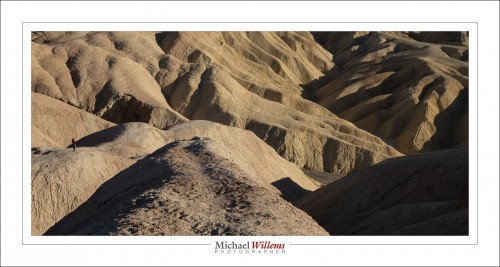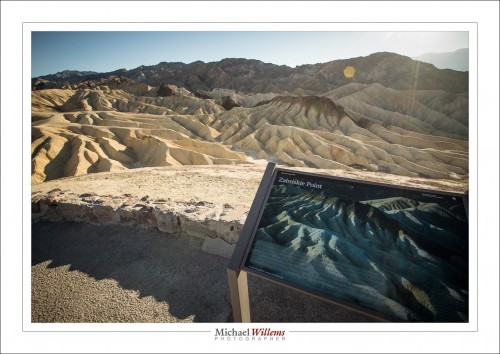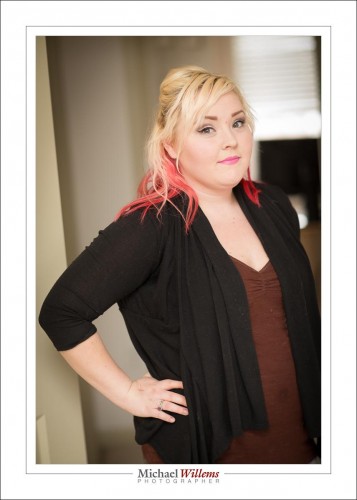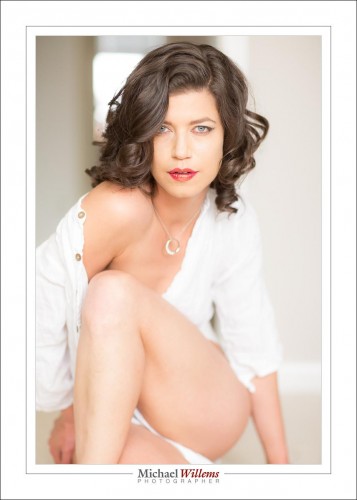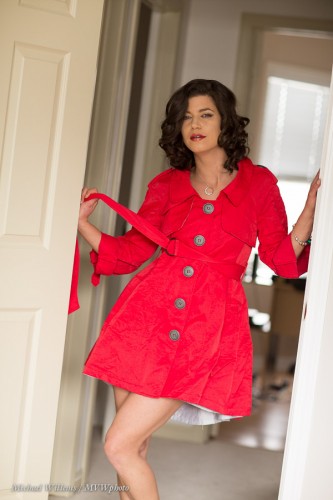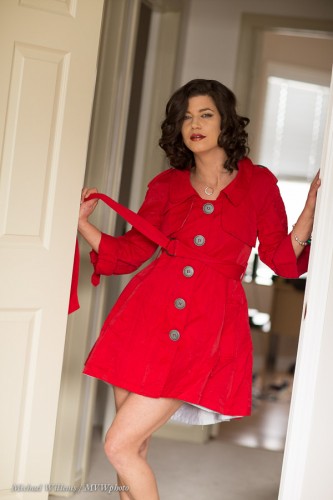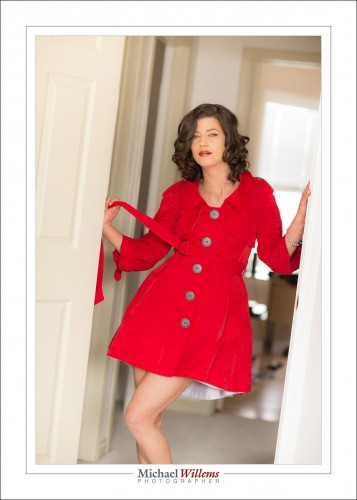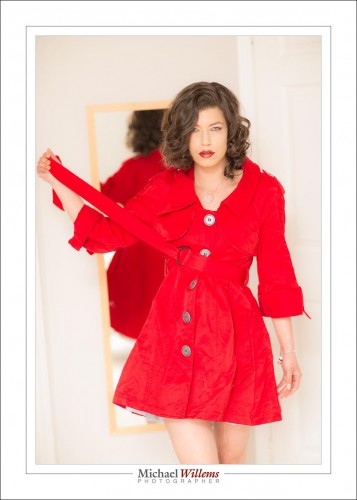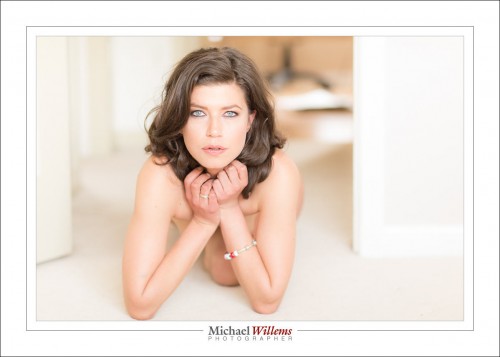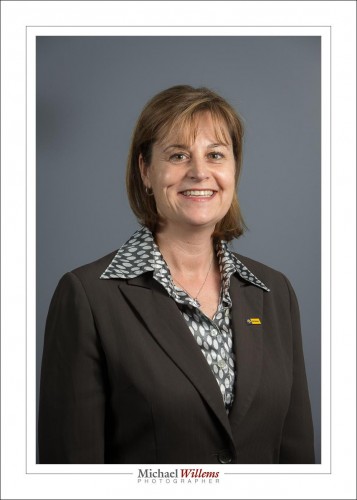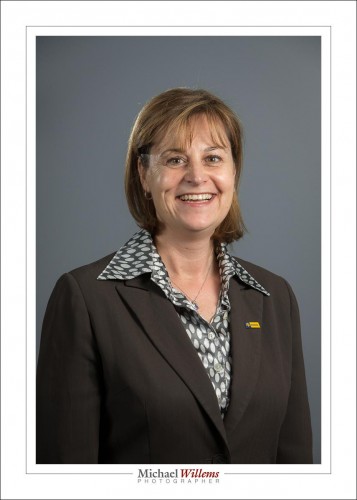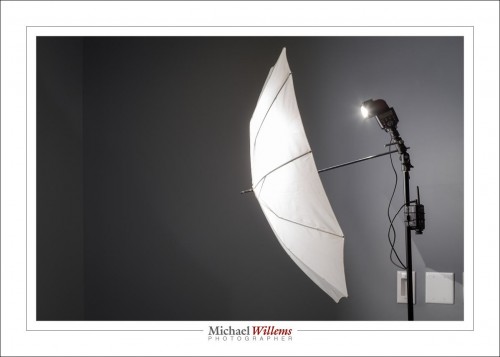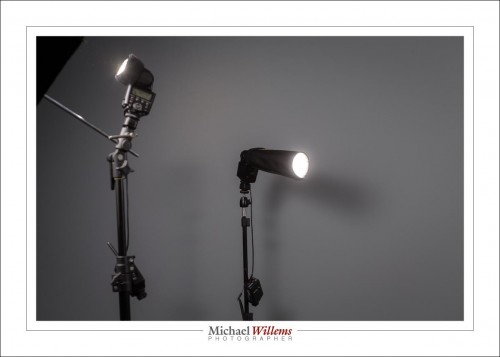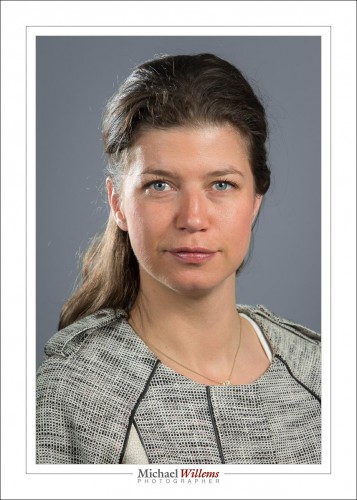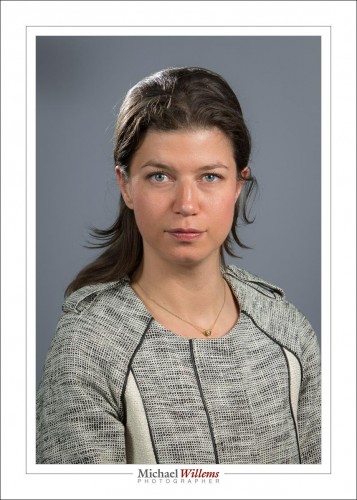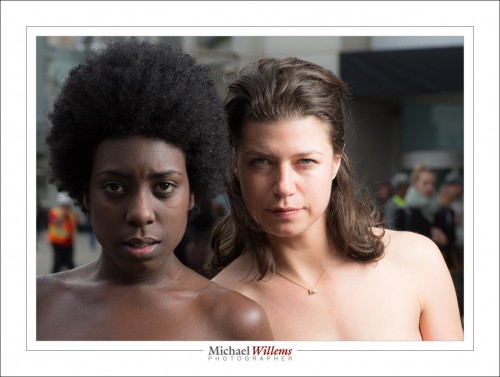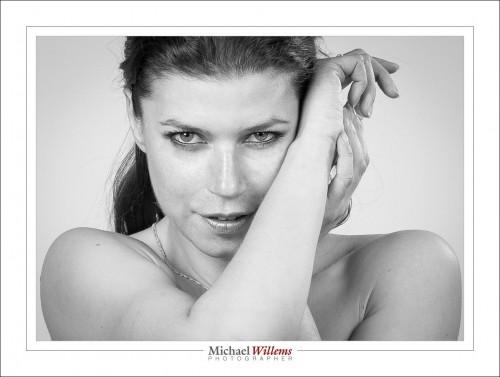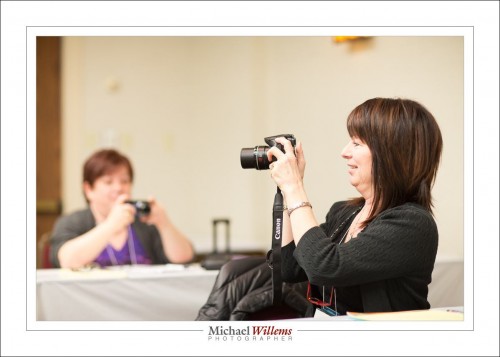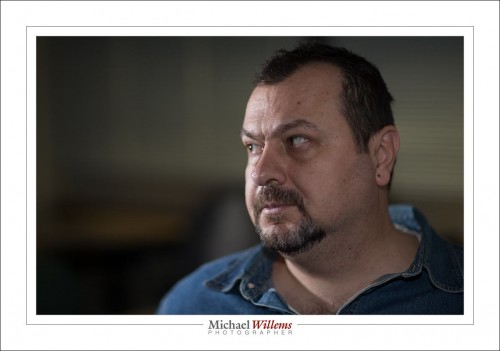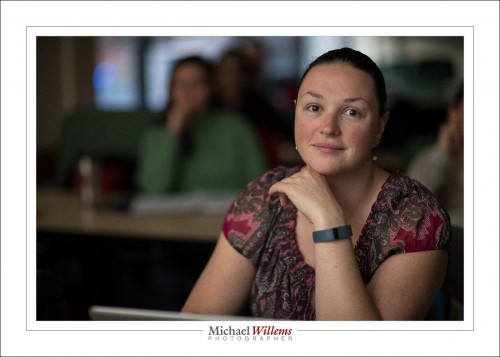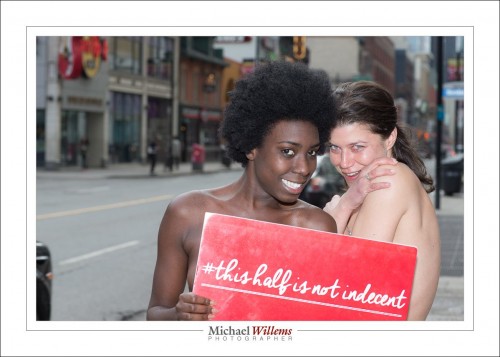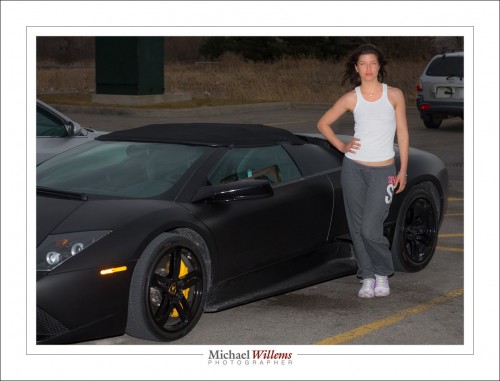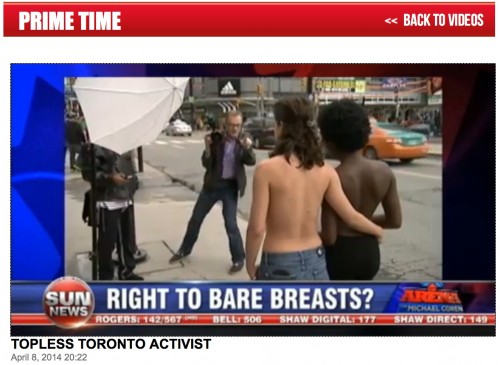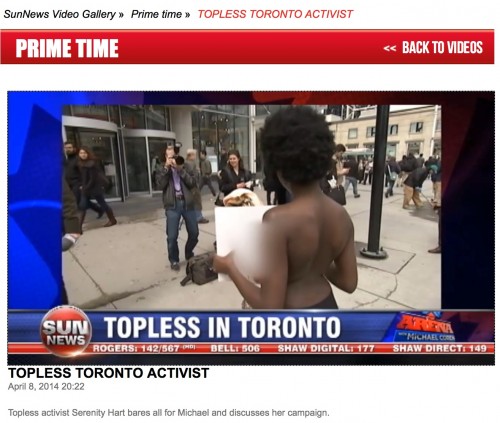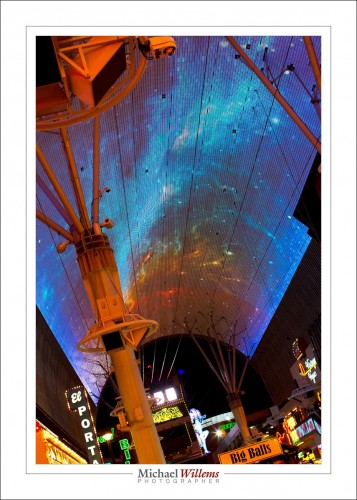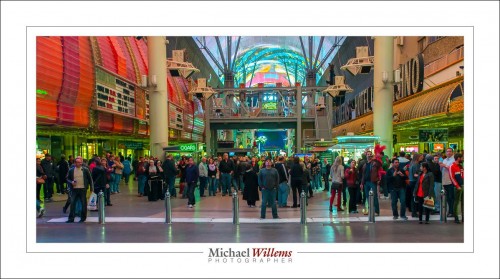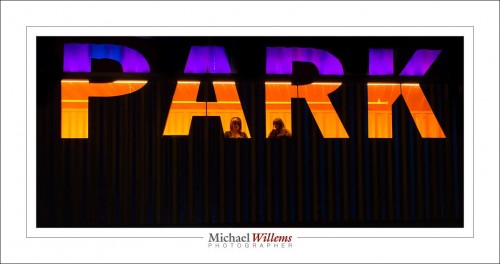Here’s a learning tip.
When you take a course or read a book (such as my e-books), you get all sorts of ideas. Great ideas that make you think “I must do that, next time I shoot”. Especially when travelling, the ideas can be very useful. Ideas like the use of negative space:
Or of using a close-by object (“close-far”) to introduce depth:
Great ideas. But you forget them, right?
So here’s the idea. Re-read your notes, or the book, and write down the 20 most important learnings. Make a list, whittle it down to about that number. Then write those 20 things down in shorthand, i.e. in simple form, on a piece of paper not much bigger than the size of a credit card. Have that laminated with plastic so it lasts. Then carry it on you and before you shoot, look at the card for 20 seconds. Just 20 seconds. More is impractical: you’ll never do it. But 20 seconds is doable. That way, you refresh your mind when it matters. Namely, when you are about to shoot.
__
I made the first shot above in January at Zabriskie Point, Death Valley, California, using my Canon 1Dx camera and my 16-35mm lens set to 35mm. I was at 200 ISO, 1/400th second, f/11.
The second shot was the same except for the focal length (here, 16mm) and the shutter speed (here, 1/100th sec).

